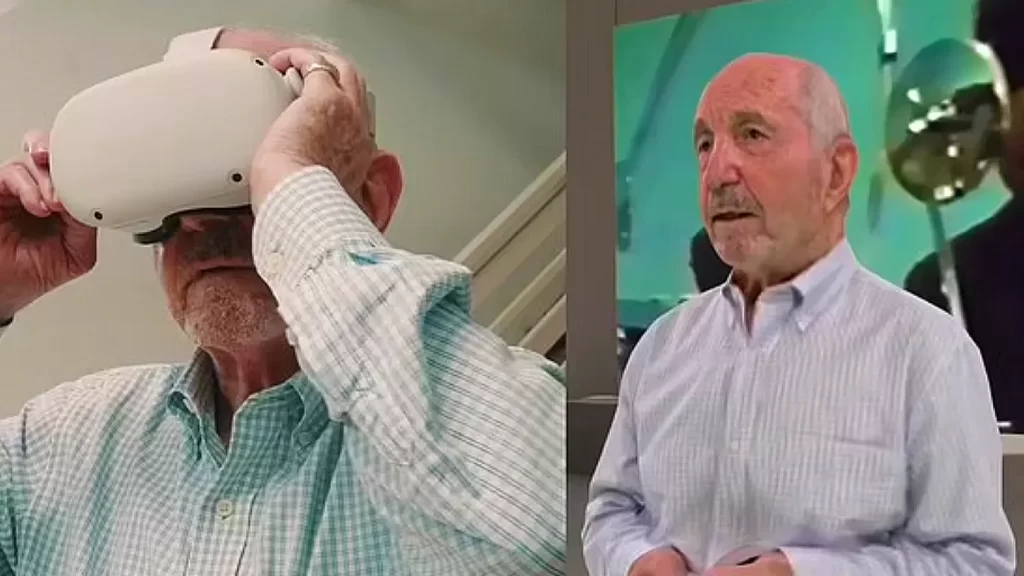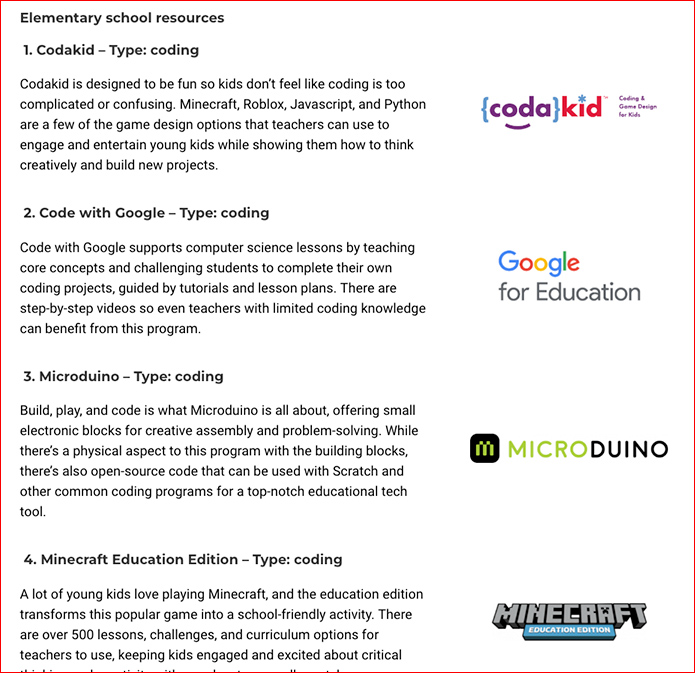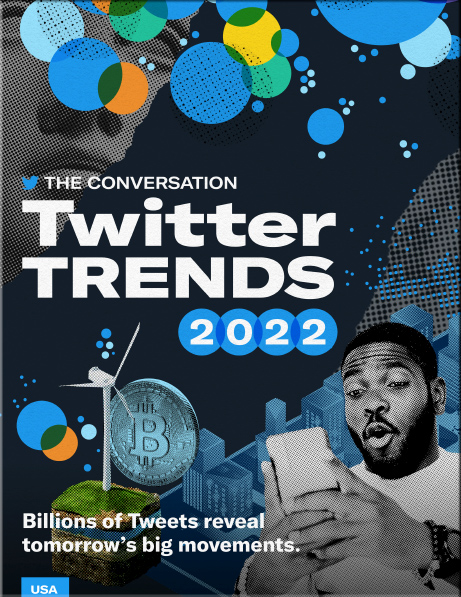Education Needs a Reset. We Can Start by Listening to Our Teachers. — from edsurge.com by Elissa Vanaver
Excerpts:
What too few politicians and parents are talking about, though, is the dire state of the career pipeline for teachers, the ones we’ll be depending on to lead the post-pandemic learning recovery in our classrooms over the next few years—not to mention for the next generation.
Valuing teachers is the systemic path to centering students. In order to move the needle, we must go beyond what teachers need to do to address root causes that require cultural and systemic change. Here are a few things it will take:
- Understanding that teaching and learning are inherently relational and the power relationships have on student and teacher success.
- Centering the joy of learning and making classrooms a place students and teachers want to be.
- Creating an empowered teaching culture to advocate for children and encouraging creativity that optimizes engagement.
- Fostering culturally responsive methods through continuous mentoring by exceptional, experienced educators.
- Developing partnerships with quality teacher preparation programs for coherent and supportive career pathways.
From DSC:
When I used to work in customer service and also in technical support at Baxter Healthcare, I always thought that management should be listening closely to those employees who were on the front lines — i.e., those of us who were in regular contact with Baxter’s customers. Similarly, the teachers are on the front lines within education. We need to give them a huge say in what happens in the future of the preK-12 learning ecosystems. We also need the students’ voices to be heard big time.
Also popular last month from edsure.com, see:
- Students Have Different Thinking Speeds. Inclusive Teaching Means Realizing That. — by Jeffrey R. Young













